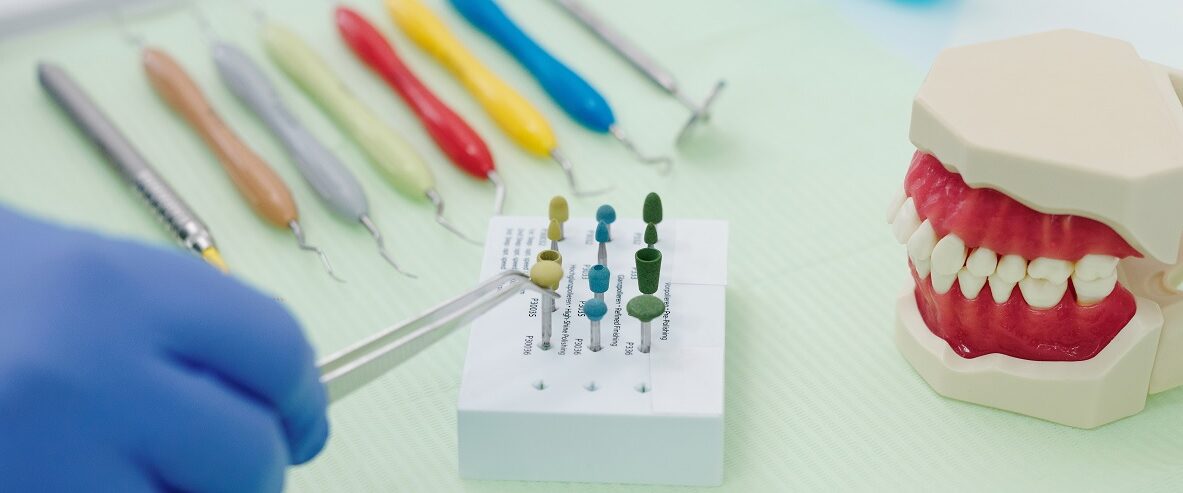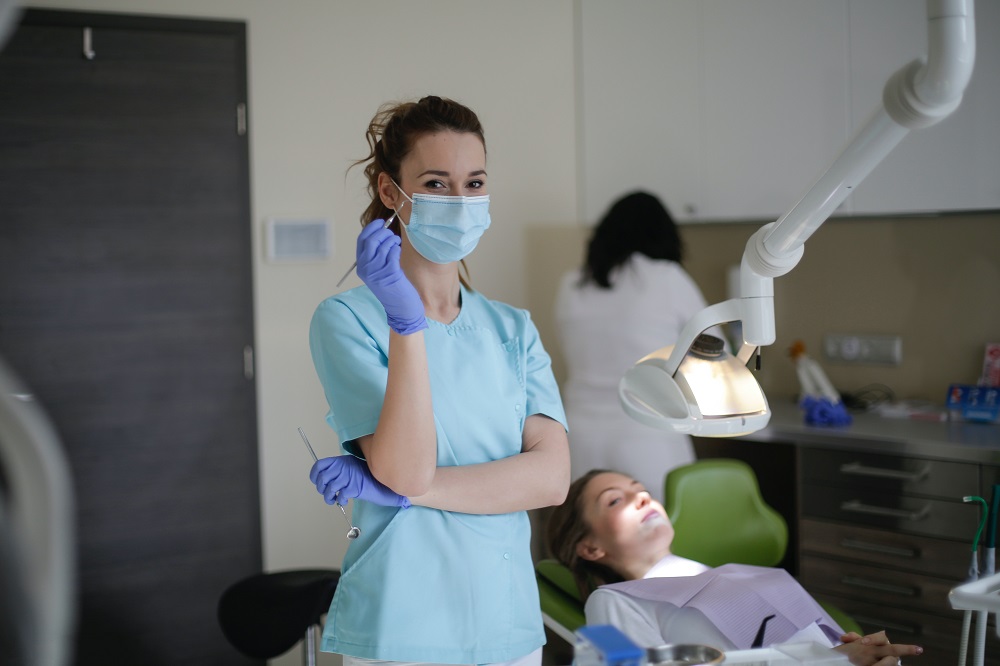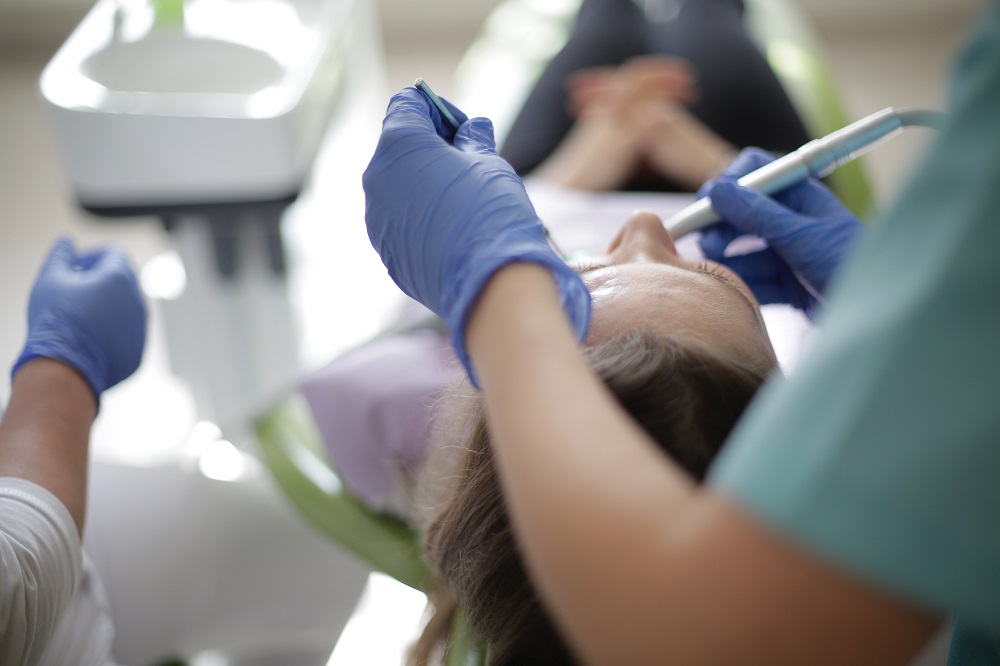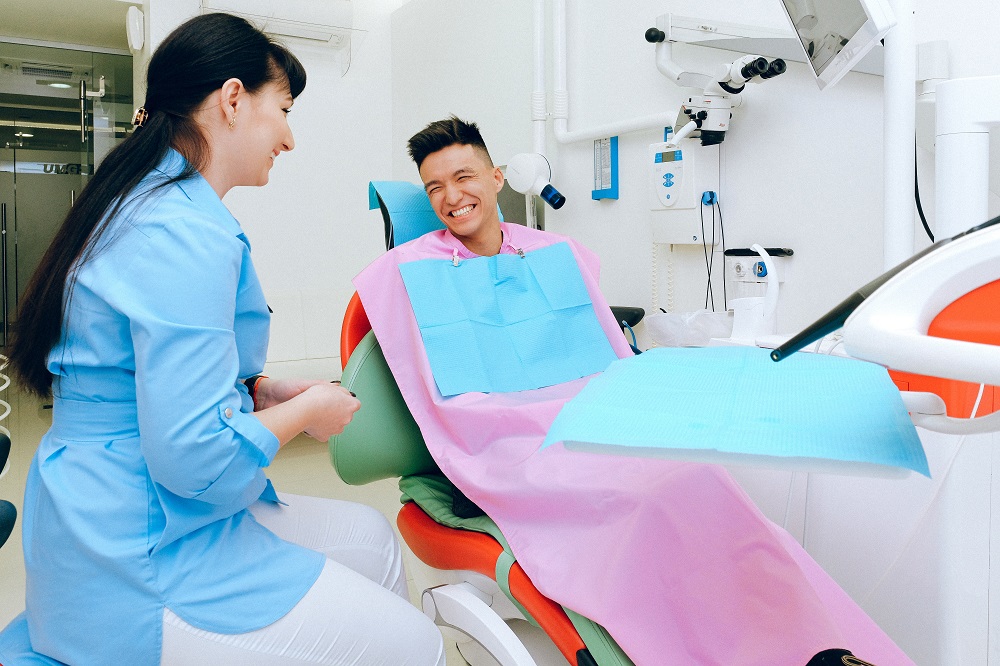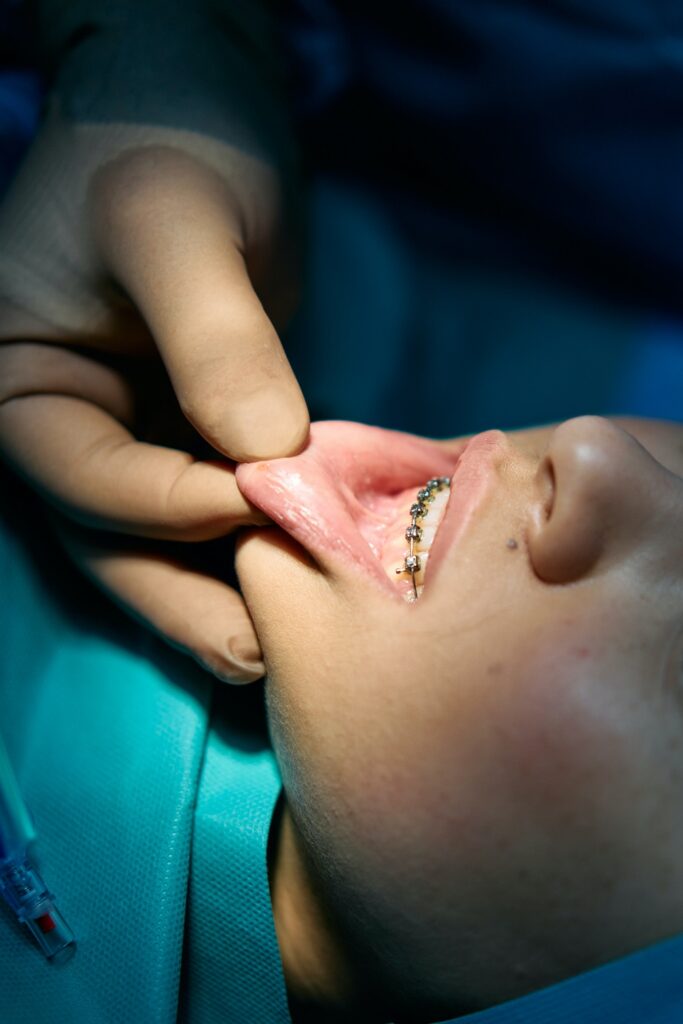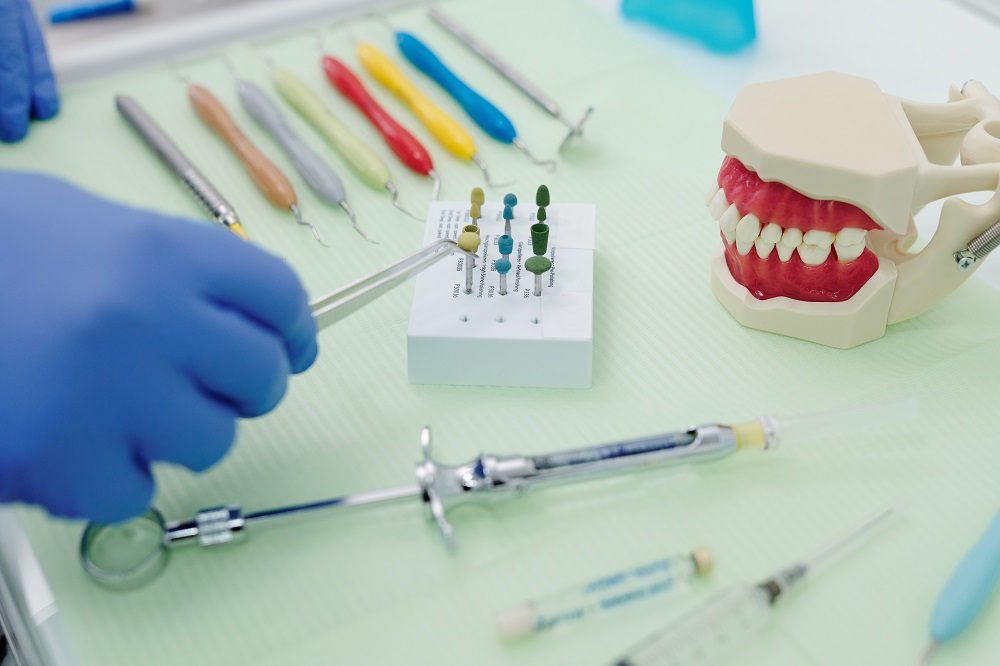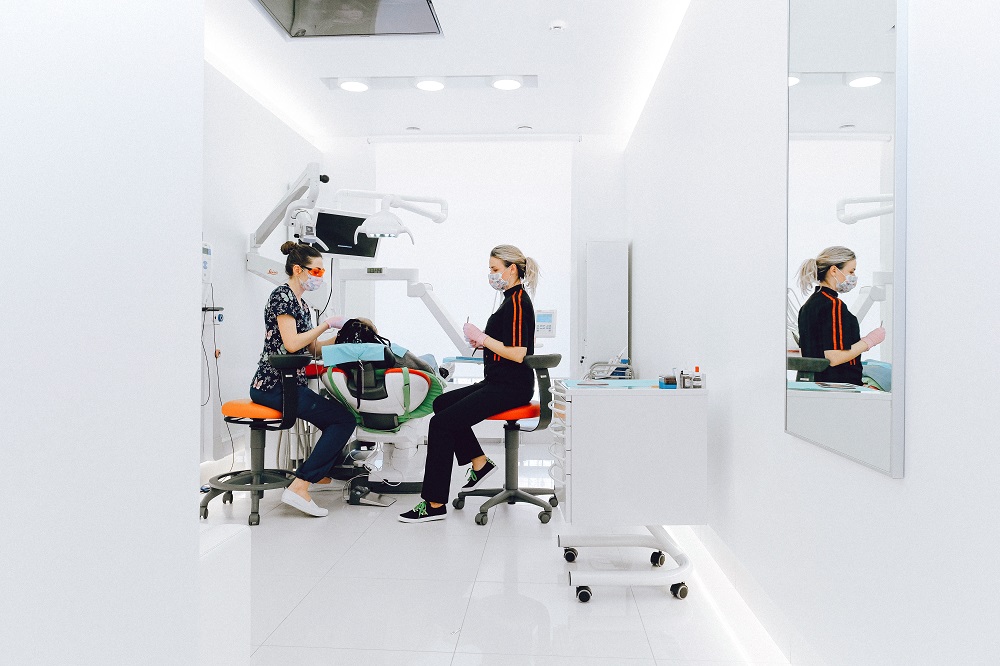
Finding a top-rated orthodontist in Marietta, Georgia can be a daunting task, especially if you’re new to the area or have never needed orthodontic treatment before. Fortunately, there are several steps you can take to find a reputable and experienced orthodontist who can provide the care and attention you need. In this article, we’ll explore some tips and strategies for finding a top-rated orthodontist in Marietta.
1. Ask for recommendations from family and friends
One of the best ways to find a top-rated orthodontist in Marietta is to ask for recommendations from family and friends who have had orthodontic treatment themselves or know someone who has. They can share their personal experiences and provide insights into the quality of care they received. You can also ask your general dentist for a referral to a trusted orthodontist in the area.
2. Check online reviews and ratings
Another way to find a top-rated orthodontist in Marietta is to check online reviews and ratings from past and current patients. Websites like Google, Yelp, and Healthgrades allow patients to leave feedback about their experiences with healthcare providers. Look for orthodontists who have high ratings and positive reviews from multiple patients.
3. Research credentials and experience
When choosing an orthodontist, it’s important to research their credentials and experience. Look for orthodontists who are board-certified and have completed advanced training in orthodontics. You can also check their website or online profiles to learn more about their education, professional affiliations, and experience treating patients with a range of orthodontic issues.
4. Schedule a consultation
Once you’ve narrowed down your list of potential orthodontists, schedule a consultation with each one to learn more about their approach to treatment and how they can help you achieve your goals. During the consultation, ask questions about their experience, treatment options, and estimated timeline for treatment. This can help you get a sense of their expertise and whether they’re a good fit for your needs.
5. Consider insurance coverage and payment options
Orthodontic treatment can be expensive, so it’s important to consider insurance coverage and payment options when choosing an orthodontist. Check with your insurance provider to see which orthodontists are in-network and covered by your plan. You can also ask the orthodontist’s office about payment plans, financing options, and any discounts or promotions they offer.
Finding a top-rated orthodontist in Marietta takes some research and effort, but it’s worth it to find an experienced and reputable orthodontist who can provide the care and attention you need. Ask for recommendations from family and friends, check online reviews and ratings, research credentials and experience, schedule a consultation, and consider insurance coverage and payment options. With these strategies in mind, you can find a top-rated orthodontist in Marietta who can help you achieve a healthy, functional, and beautiful smile.
